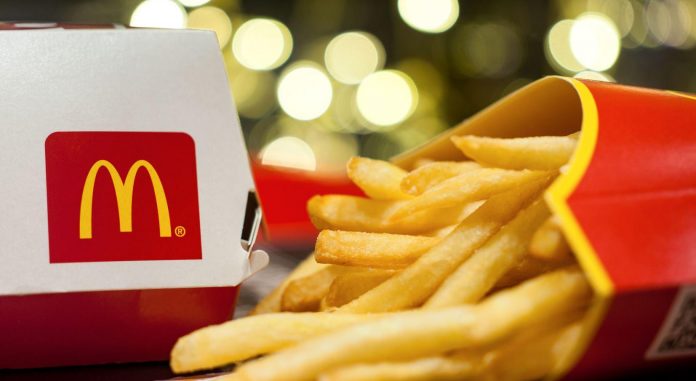Saurabh Kalra, COO, McDonald’s India (West and South) describes how the COVID pandemic and the following lockdowns are affected the quick service restaurant (QSR) chain’s business in India. McDonald’s Corporation is an American fast-food company and it is the world’s biggest restaurant chain by revenue.
Saurabh Kalra is responsible for 320 McDonald’s restaurants under Westlife Development that spread across 42 cities in South and West India. All of them have now reopened their operations and are creeping towards pre-COVID numbers. The remaining 160 McDonald’s outlets in North and East India are managed by the Delhi-based MM Agrawal Group.
In the QSR category, McDonald’s is classified as western fast food. The dominant players in West and South India include McDonald’s, KFC, and Domino’s Pizza. McDonald’s is slightly higher in terms of market share.
Kalra says that after the initial impact of the covid pandemic they give attention to three main key areas. First, customers needed the assurance of safety, then hygiene, and the workforce. So obtaining these particular components, the management and the restaurant crew had to be motivated, and also they find ways to reducing the cost without losing their employee’s jobs.
He adds that the company introduced the Golden Guarantee 42-point checklist of safety procedures in May-June and taken initiative for work from home policy for the employees. At that time even the crew member, who would usually make burgers, was learning more about burgers at home and this planning really help the company a lot in that situation.
The company entered the Covid crisis with a powerful balance sheet and it has helped them a lot in the first few months.
There are so many McDonald’s restaurants located in various locations which include McDonald’s food court restaurants, which are located in malls. Then, restaurants are located in residential neighborhoods and around 50 percent of the restaurants are located in Maharashtra.
At that time the state government allowed restaurants to reopen, with restrictions on the seating capacity, hygiene, distance keeping, etc. What happened then was it is difficult for the customers to get inside the restaurant to place an order so they sat in the vehicle and started ordering.
In two months everything was back to normal, now they are gradually getting comfortable with eating inside the restaurants because they get a safe feeling. Now in southern markets, we can see that things are getting back to normal and the company expect this from Maharashtra also.

